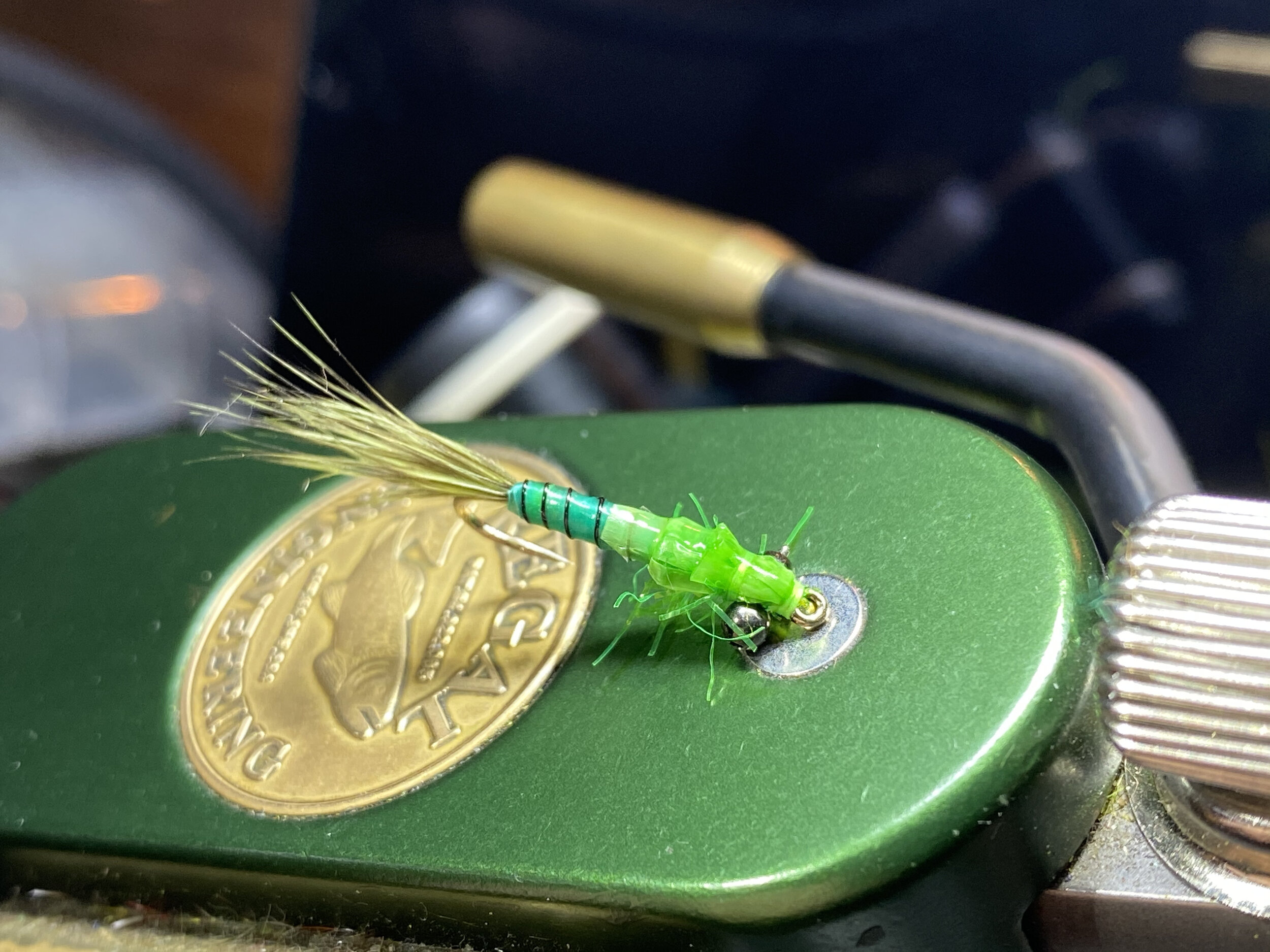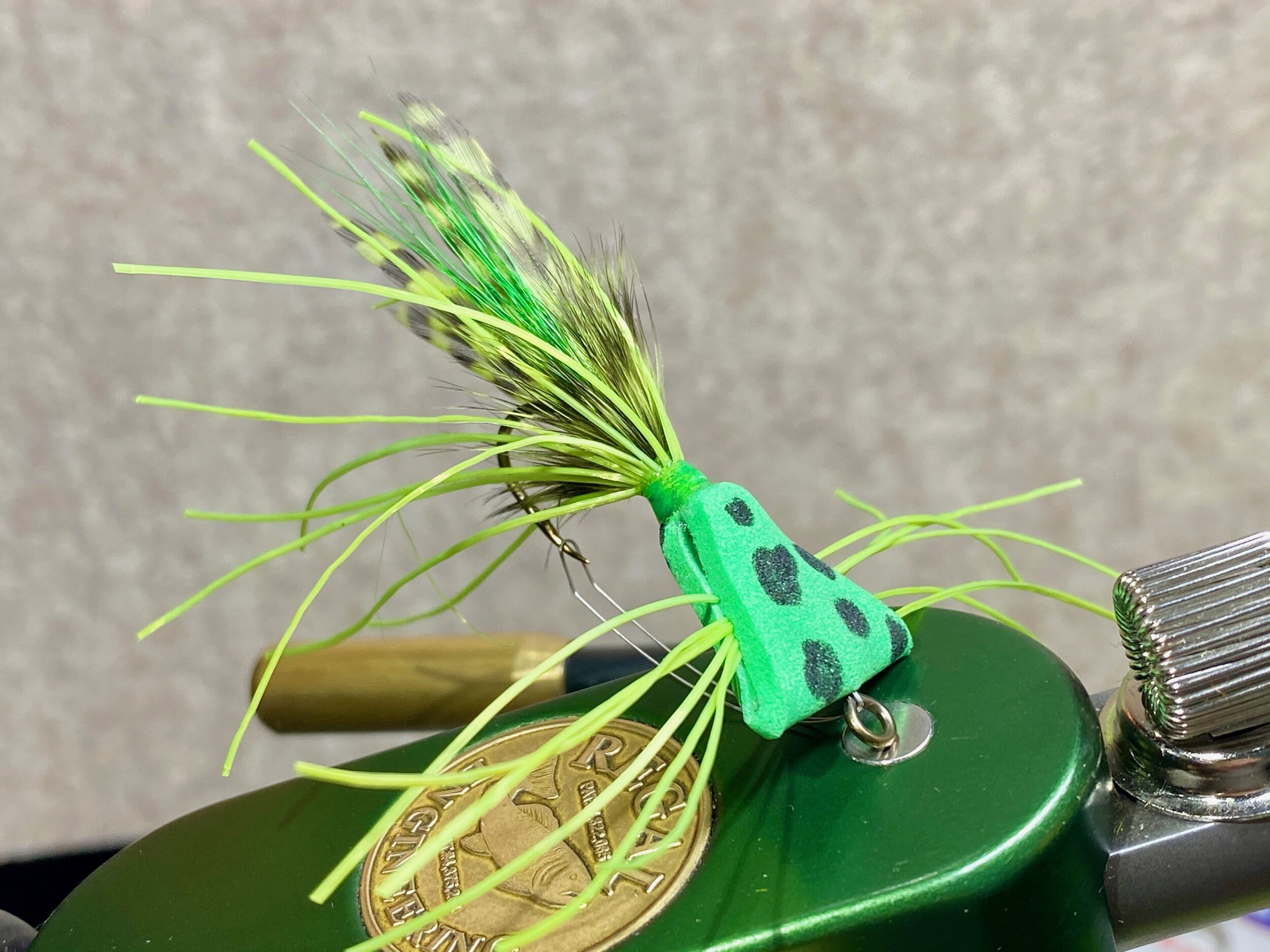I continued to wade out until the water threatened to come over the top of my waders. Once in position, I stripped off some fly line to make my first cast. Tied to the end of my tippet was a size 8 Royal Coachman Wet Fly. Winged wet flies were once popular amongst trout fishers but have seemed to fall from grace, replaced by more modern offerings.
Read moreOld School Wet Flies For Panfish
A big Royal Coachman wet fly is a perfect choice for early season panfish!




